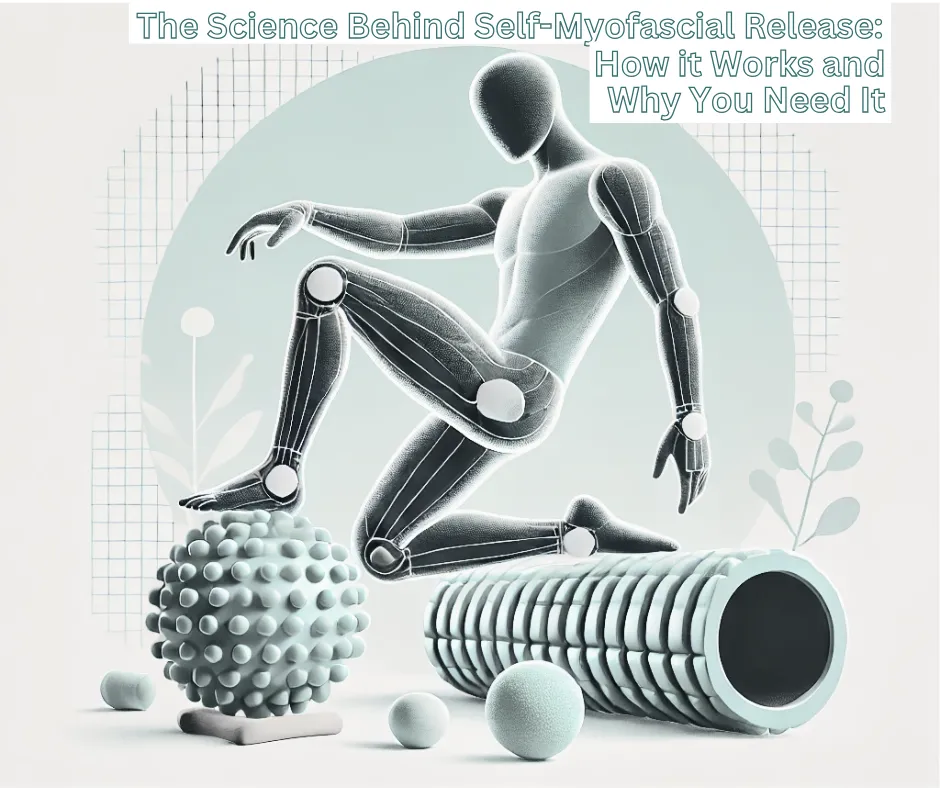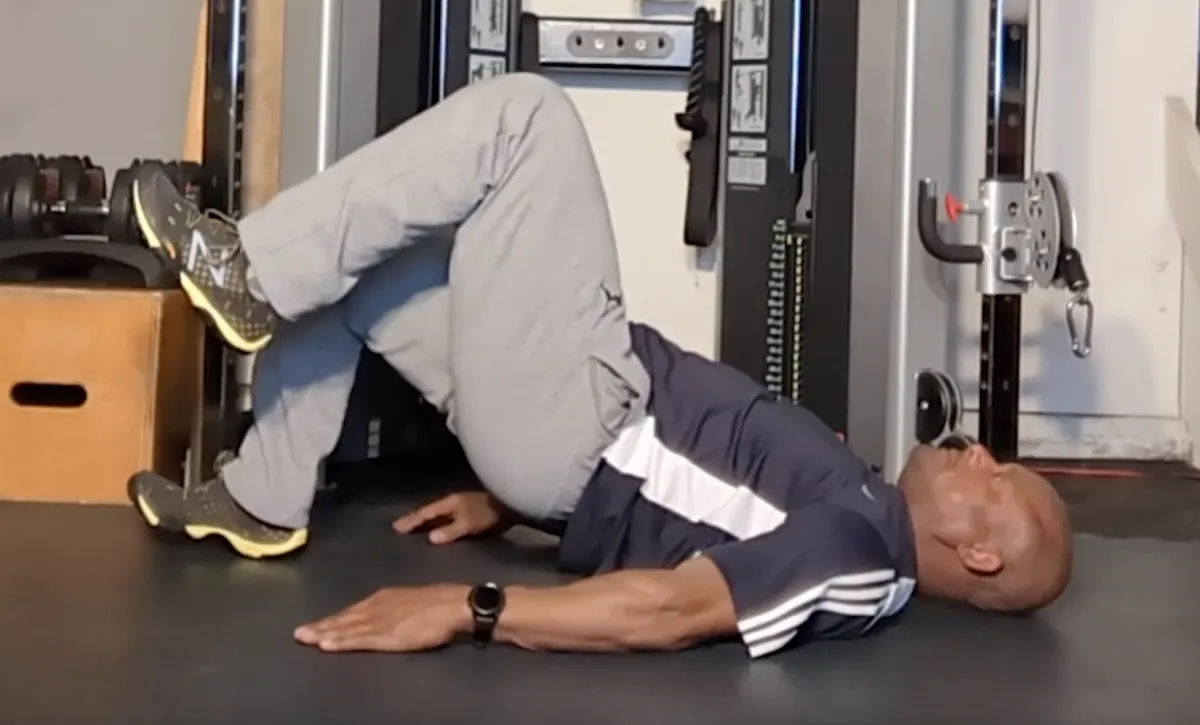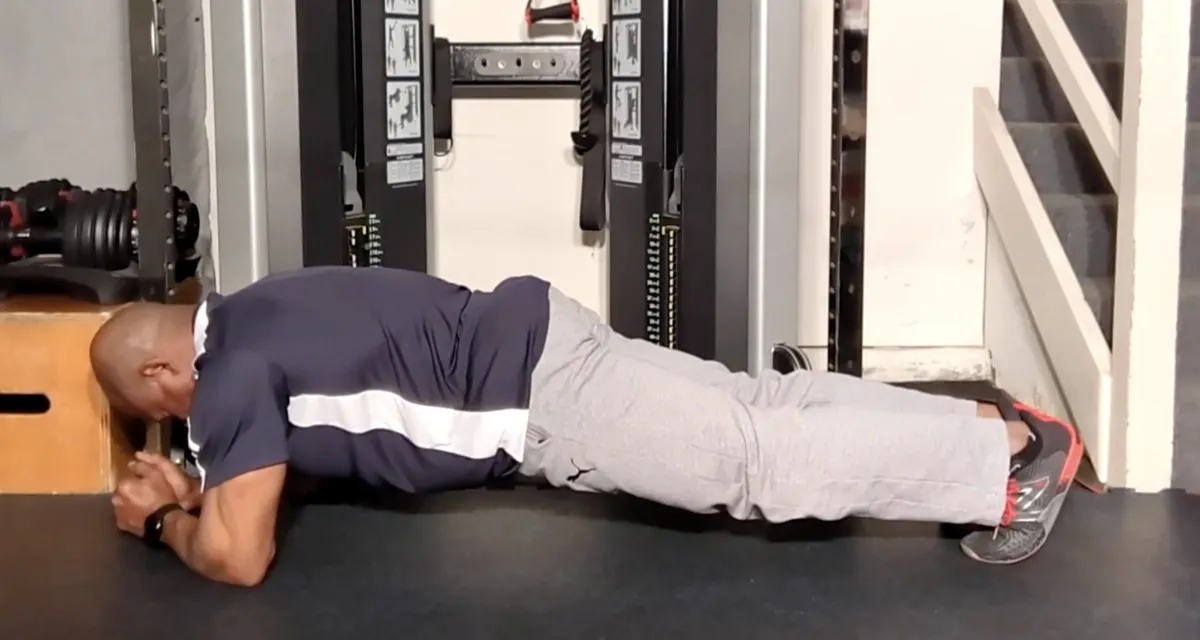
RESOURCES

The Science Behind Self-Myofascial Release: How It Works and Why You Need It
In the world of fitness and recovery, self-myofascial release (SMR) has emerged as a popular and effective technique to alleviate tension, improve mobility, and accelerate recovery. Often performed using tools like foam rollers, massage balls, or specialized sticks, SMR has gained attention for its ability to target tight muscles and fascia, the connective tissue that encases our muscles and organs. But what is the science behind this practice, and why should it be a part of your routine? Let’s dive into the physiological mechanisms of SMR and its benefits for healing and recovery.

Understanding Myofascial Tissue
Before we explore how SMR works, it's important to understand the role of fascia. Fascia is a complex web of connective tissue that surrounds and supports muscles, bones, and other structures in the body. This tissue plays a crucial role in maintaining structural integrity, providing mobility, and transmitting forces during movement.
When the fascia is healthy, it’s flexible and glides smoothly over muscles and joints. However, factors like poor posture, repetitive movements, overuse, injury, or stress can cause the fascia to become tight, restricted, or “stuck.” This results in the formation of adhesions, often referred to as "knots," which can lead to pain, stiffness, and reduced range of motion.
What is Self-Myofascial Release?
SMR involves applying sustained pressure to areas of tension or tightness using tools like foam rollers or massage balls. The goal is to release the adhesions in the fascia and improve mobility in the targeted area. Unlike traditional stretching, which focuses on lengthening the muscle, SMR targets both the muscle and the surrounding fascia to restore optimal tissue function.

How Does Self-Myofascial Release Work?
The physiological mechanisms of SMR involve several key processes:
Mechanical Pressure on Tissues
When you apply pressure to a tight area using a foam roller or similar tool, the mechanical force helps to break up adhesions and scar tissue within the fascia. This pressure improves the alignment of collagen fibers, which are a primary component of fascia, promoting better mobility and reducing stiffness.
Stimulation of Mechanoreceptors
The pressure from SMR stimulates mechanoreceptors in the fascia and muscles, such as Golgi tendon organs and Ruffini endings. These receptors send signals to the nervous system, triggering a relaxation response in the targeted muscle. This process, known as autogenic inhibition, helps reduce tension and improve flexibility.
Improved Blood Flow
SMR enhances blood circulation to the targeted area, which is critical for delivering oxygen and nutrients to tissues and removing metabolic waste products. Better blood flow promotes faster recovery and reduces inflammation in overworked or injured muscles.
Fascial Hydration
Fascia needs hydration to remain supple and functional. SMR aids in rehydrating the fascia by redistributing fluids throughout the tissue. This process, known as "fascial glide," restores the fascia’s elasticity and improves overall mobility.

Benefits of Self-Myofascial Release
Pain Relief
SMR is an effective way to reduce muscle soreness and chronic pain caused by tight fascia or trigger points. It’s particularly beneficial for individuals with conditions like lower back pain, IT band syndrome, or plantar fasciitis.
Improved Mobility and Flexibility
By releasing fascial adhesions, SMR enhances range of motion and flexibility. This makes it a valuable tool for athletes, fitness enthusiasts, and anyone looking to move more freely.
Faster Recovery
Post-workout recovery is essential for preventing injuries and maintaining performance. SMR helps reduce delayed onset muscle soreness (DOMS) by increasing blood flow and alleviating tension in overworked muscles.
Stress Reduction
Tight muscles and fascia are often linked to stress and tension. SMR promotes relaxation by activating the parasympathetic nervous system, which helps the body recover from stress.
Prevention of Injuries
Maintaining healthy fascia and muscle function reduces the risk of strains, sprains, and other soft tissue injuries. SMR serves as both a preventive and therapeutic tool.

How to Incorporate SMR Into Your Routine
Choose the Right Tools
Foam rollers: Ideal for large muscle groups like the quads, hamstrings, and back.
Massage balls: Best for targeting smaller areas like the feet or shoulders.
Sticks: Great for rolling out the calves or shins.
Focus on Key Areas:
Pay attention to areas prone to tension, such as the calves, quads, hamstrings, glutes, and back. Spend 30–60 seconds on each area, applying gentle but firm pressure.
Be Consistent:
Incorporate SMR into your daily routine, either as part of your warm-up, cool-down, or a dedicated recovery session. Consistency is key to seeing long-term benefits.
Avoid Overdoing It:
While SMR is beneficial, applying excessive pressure or rolling too aggressively can cause bruising or irritation. Start gently and increase intensity as needed.
Final Thoughts
Self-myofascial release is a science-backed technique that offers numerous benefits for physical health and performance. By addressing tight fascia and improving tissue function, SMR helps reduce pain, enhance mobility, and promote faster recovery. Whether you’re an athlete, desk worker, or weekend warrior, incorporating SMR into your routine can help you move better and feel better every day.
Start small, stay consistent, and enjoy the transformative effects of this simple yet powerful recovery tool. Your body will thank you!
Sheila Mann's Testimonial
Sheila Mann doing Suspension Strap Push-ups on an elevated Single Leg.
Just another Saturday Workout Part 2
Spray Tan Fitness
Dreams or Goals
Intro to Self-Myofascial Release
Self Massage using the Energy F X Tube (Upper Body)
Self-Massage for Lower Body using Energy F X Tube (IT Band , Glutes)
Level 3
This is our advance level. In this level you will be asked to increase the challenges to your strength, balance and to some degree, your conditioning. We continue to focus on the major joints of the body (hips, shoulder, and knees) with the added challenge of resistance. This level also includes the added challenge of coordination, as many movements require the integrated movement of both upper and lower body.

Level 4
This is our premium level. In this level you will be asked to significantly challenge your body through increased demands on your functional core strength in movements that will significantly challenge your balance and strength simultaneously. Here we will ask you to begin to optimize your balance, core activation, and improved range of motion in a functional aspect – integrated movement of both upper and lower body, but at a higher level of accountability.

